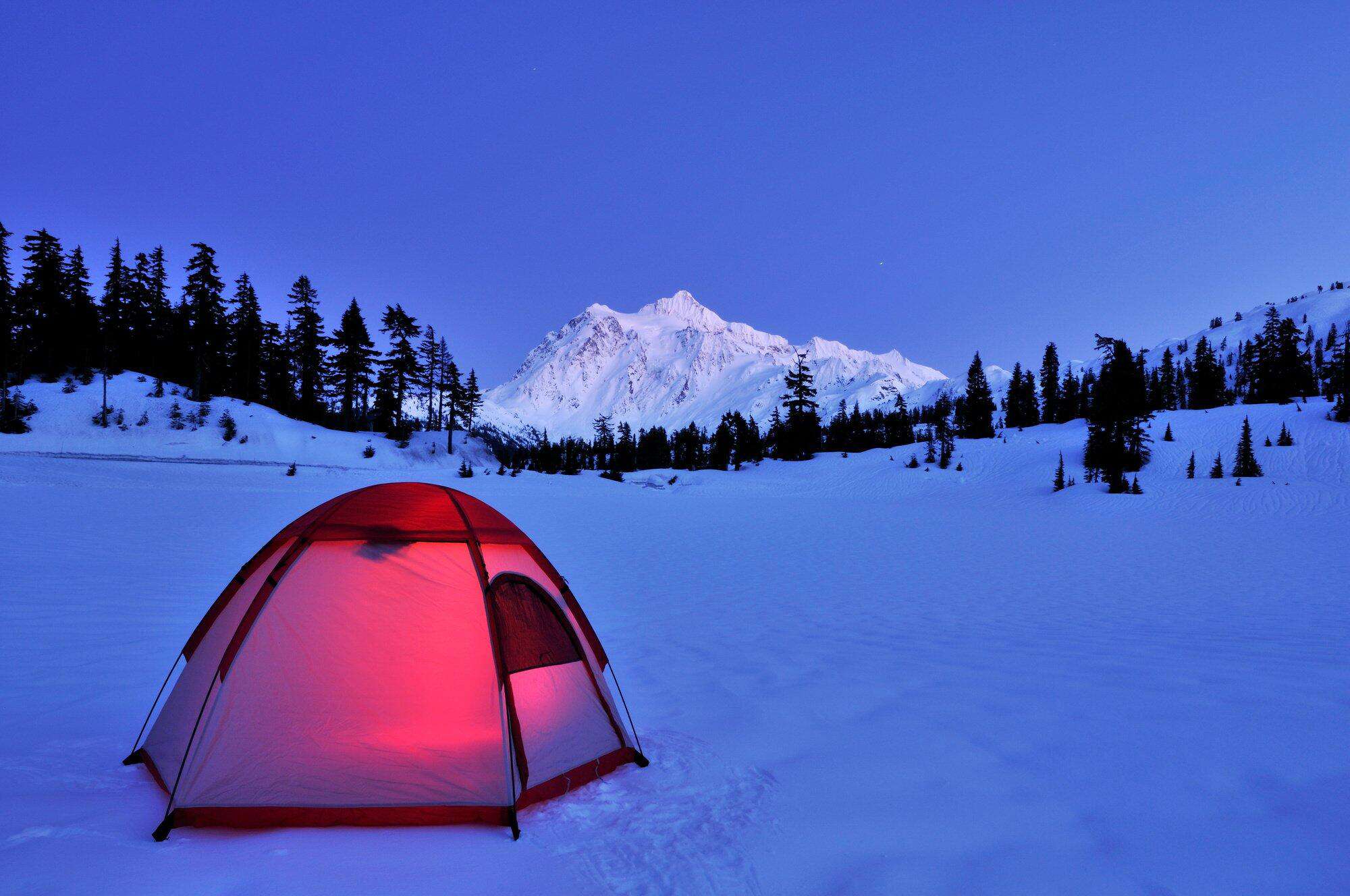Staying warm while camping is crucial for both comfort and safety. Whether you’re a seasoned camper or just starting out, mastering the art of staying warm in the great outdoors can make or break your camping experience. This comprehensive guide will walk you through various strategies to keep you cozy, no matter the season.
Proper Clothing and Layering Techniques
The key to staying warm is proper layering. Start with a moisture-wicking base layer to keep sweat away from your skin. Add insulating mid-layers of fleece or wool, and top it off with a wind and waterproof outer shell. Don’t forget to protect your extremities with warm hats, gloves, and socks.
Sleeping System Optimization
Your sleeping system is your first line of defense against the cold night air. Pay attention to temperature ratings and shape when choosing the perfect sleeping bag for every season. Pair your sleeping bag with a high R-value sleeping pad for insulation from the ground.
Campsite Selection and Setup
Choose your campsite wisely. Look for natural windbreaks and avoid low-lying areas where cold air settles. Position your tent to maximize sun exposure and minimize wind impact. Use ground cloths and tarps for additional insulation from the cold and damp earth.
Nutrition and Hydration for Warmth
Fuel your body’s internal furnace with high-energy foods rich in fats and proteins. Warm beverages can provide a quick heat boost, but remember to stay properly hydrated, even in cold weather.
Active Warmth Generation
Before bed, engage in light exercises to boost circulation without breaking a sweat. If you wake up cold, try some isometric exercises inside your sleeping bag to generate heat.
Heat Retention Techniques
Use hot water bottles or hand warmers strategically placed in your sleeping bag for extra warmth. Consider vapor barrier techniques, but be aware of the pros and cons.
Vapor barrier liners (VBLs) are thin, waterproof layers worn between your base layer and insulating layers. They work by trapping your body’s moisture inside, preventing it from reaching and potentially dampening your insulation. This can be especially effective in very cold conditions where moisture management is crucial. The pros of using VBLs include increased warmth efficiency and keeping your insulating layers dry. However, the cons are significant: they can feel clammy and uncomfortable, and if used improperly, can lead to overheating or even hypothermia if you sweat too much.
VBLs require careful management of your activity level and layering system. They’re most appropriate for extreme cold weather camping or mountaineering, and less suitable for moderate conditions or active pursuits. If you decide to try vapor barrier techniques, start with small items like VBL socks or gloves before committing to a full body system.
Managing Moisture and Condensation
Proper ventilation is crucial to prevent condensation inside your tent. Always change out of damp clothes and have a strategy for drying wet gear. Condensation occurs when warm, moist air (from your breath and body) meets the cold surface of your tent, forming water droplets. To combat this, keep your tent vents open, even in cold weather.
If your tent has multiple doors, consider leaving one slightly unzipped at the top for air circulation. Use a small portable fan to improve air movement if necessary. When it comes to damp clothes, change immediately upon entering your tent. Have a designated area for wet gear, preferably in a vestibule or under a tarp outside the tent.
For drying, use a clothesline inside the tent or vestibule, but be careful not to create too much internal moisture. In severe conditions, consider putting damp items in your sleeping bag with you; your body heat can help dry them overnight. Remember, managing moisture is as important as generating heat when it comes to staying warm while camping.
Emergency Warmth Measures
Know the signs of hypothermia and be prepared with emergency shelter techniques using natural materials or emergency blankets. Hypothermia occurs when your body loses heat faster than it can produce it, causing a dangerously low body temperature. Early signs include shivering, confusion, fumbling hands, slurred speech, and drowsiness.
If you suspect hypothermia, act quickly. Move the person to a warm, dry area, remove wet clothing, and warm the body’s core first. In emergency situations, create an improvised shelter using natural materials like pine boughs, leaves, or snow for insulation. An emergency blanket (also known as a space blanket) can be invaluable; use it to create a small, enclosed space to trap body heat.
Learn to build a debris hut or snow cave before your trip. These shelters can significantly reduce heat loss and protect from wind and precipitation. Always carry basic emergency supplies, including a whistle, fire-starting materials, and extra insulation layers. Remember, prevention is key, but being prepared for emergencies can be life-saving in extreme conditions.
Seasonal Considerations
While these tips apply year-round, you may need to adapt your strategies for different seasons. For extreme conditions, check out our winter camping tips for specialized advice.
Conclusion
Remember, staying warm is just one aspect of camping. For a well-rounded camping experience, explore different types of camping to find what suits you best. And when the weather turns hot, don’t forget to learn how to stay cool while camping.
After your trip, proper storage of your camping gear will ensure it’s ready for your next adventure.
By following these guidelines and adapting them to your specific needs, you’ll be well-prepared to stay warm and comfortable on your camping trips, regardless of the weather.

Leave a Reply